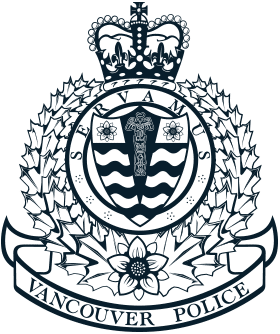The Vancouver Police, in partnership with the BC government, ICBC and other police agencies, have launched a month-long high-risk driving campaign to reduce the number of preventable collisions.
Through the month of May, police officers will be focusing their efforts on those who fail to yield to other drivers and pedestrians, follow too closely and drive at excessive speeds. These types of offences contribute to a high percentage of all police-reported collisions that result in injuries or fatalities on our roads every year.
As the weather gets warmer, we can all expect to be sharing the roads with more pedestrians, cyclists and motorcycles. “We are asking all drivers to focus on the road,” says Acting Inspector Ken Eng of the VPD Traffic Section. “Give yourself more time to get where you are going, watch for others using the road and ensure it is safe before making left turns at intersections.”
Yielding and Intersection Safety Tips From ICBC and the Police
- When making a left-hand turn at an intersection controlled by traffic lights, don’t rush – yield to oncoming traffic, including cyclists and motorcyclists, as well as pedestrians. Don’t panic if the light turns yellow while you’re waiting to make a left-hand turn. You’re legally allowed to complete your turn if you’re already in the intersection, but watch for approaching vehicles, especially for drivers trying to beat the red light.
- To determine whether the gap in traffic is enough to allow for a safe left-hand turn, consider the speed of oncoming vehicles, the time it will take to complete the turn and accelerate to the speed of traffic.
- If there is any doubt about who has the right-of-way or if there is any chance of a crash, it’s always better to yield to the other person.
- Always yield to pedestrians and follow directions from crossing guards and traffic control people.
- When crossing a bike lane to turn right or to pull to the side of the road, be sure to signal well ahead and yield to cyclists.
- Always yield to emergency vehicles displaying flashing lights and sirens. All traffic moving in both directions must stop. (Exception: if you’re on a divided highway and the emergency vehicle is on the other side of the median, you may not need to stop.)

